How Binge Culture Exploded In Australia (And What It Means For TV Today)
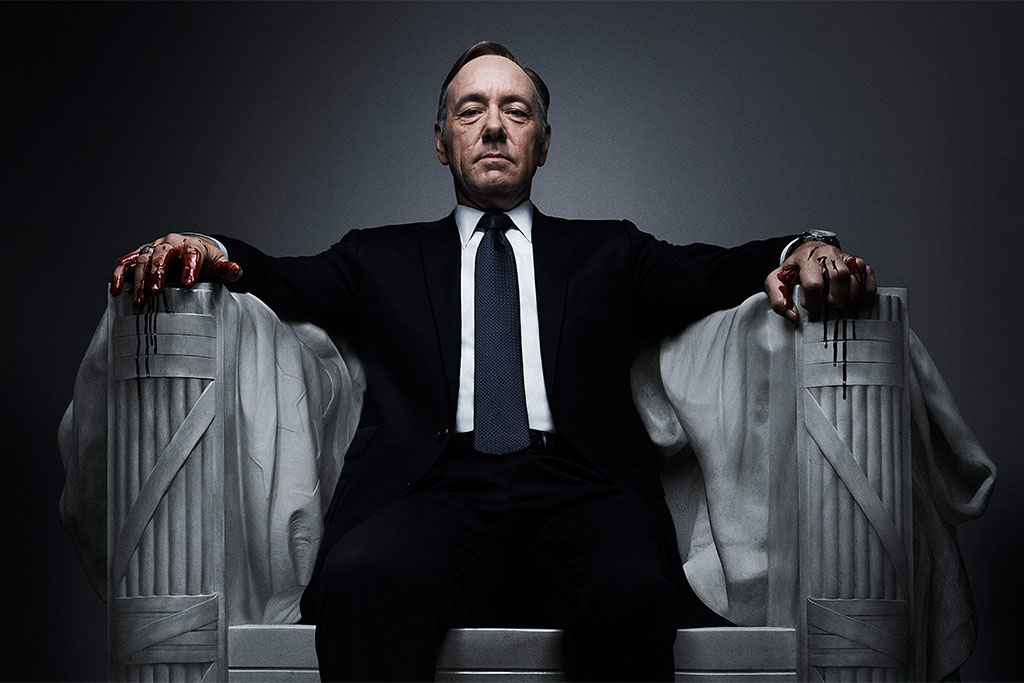

The nbn network is transitioning Australia to a digital future, faster internet included.
When Netflix launched its first original series House of Cards in 2013 by releasing all 13 season-one episodes at once, the streaming giant both set a trend and responded to one. Netflix’s vast store of data on its users’ viewing habits enabled it to create an original show it knew could be a hit, and cater to the way people were already watching.
“No longer does everyone just watch what’s on, when it’s on, and chat about it at the water cooler the next day,” Junkee’s Caitlin Welsh pointed out at the time. She suggested that a show like House of Cards “doesn’t sit quite right with the term ‘TV’ considering how many people won’t be watching it on one.”
So How Are Australians Watching TV Now?
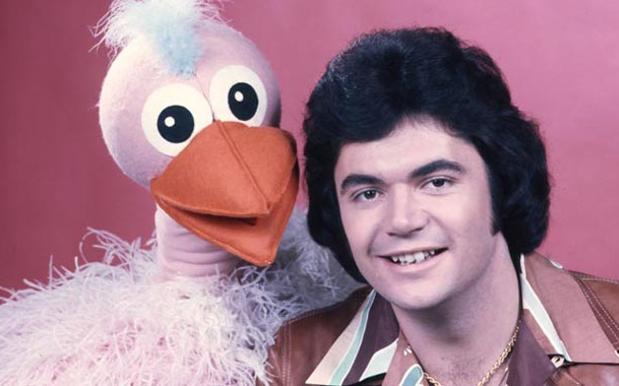
Photo: Hey Hey It’s Saturday
‘Watching TV’ used to mean rushing home to catch the latest Secret Life of Us episode, or gathering around the TV each week to laugh at Hey Hey It’s Saturday. But in 2016, Roy Morgan Research reported that only 43.2 percent of Australians exclusively watch linear programming now. Instead, we spread our TV viewing across multiple platforms, and nearly 35 percent of Australians use either free or paid on-demand services at least once a week.
These include ABC iView, SBS On Demand, as well as Netflix, Stan, Foxtel Play, Amazon Prime, and overseas services available via VPN, such as Hulu or BBC iPlayer. New figures from Telsyte’s 2017 Australian Digital Consumer Study show that, of the Australians who pay locally for on-demand TV, a whopping 69 percent are currently using Netflix, while 20 percent use Stan and 8 percent use Foxtel Play.
Australians often complain about being left behind by the global TV boom. But since 2013, the Australian video-on-demand ecosystem has grown substantially, fuelled by increased access to fast broadband.
The Internet Gives TV An Endless Afterlife
As we’ve previously mentioned on Junkee, the sheer volume of TV being made today means nobody can possibly watch it all week-by-week. Instead, on-demand streaming allows us to explore TV’s rich back catalogue without being beholden to physical media or broadcast schedules.
Back in 2014, the Deloitte Media Consumer Survey reported that 72 percent of Australians had binged three or more consecutive TV episodes in one session, and 26 percent of Australians reported they did this at least once a week. Perhaps unsurprisingly, younger viewers more frequently watch TV this way: 41 percent of under-30s binged once a week.
When House of Cards was released in 2013, SlashFilm editor Peter Sciretta was mocked for being a fuddy-duddy after he argued on Twitter with House of Cards executive producer Dana Brunetti that binge-releasing made bad business sense.
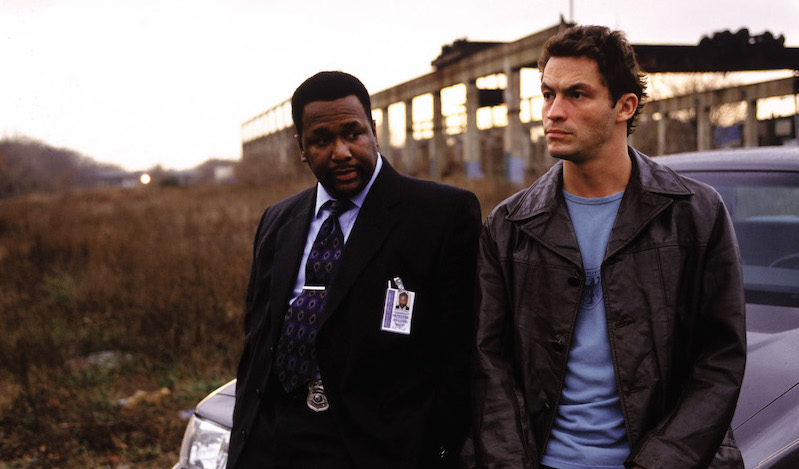
Photo: The Wire/HBO
“Consider The Wire,” chipped in Franklin Leonard, founder of The Black List. “It became what it became because those who had seen all of it encouraged those who hadn’t to watch. It wasn’t week by week, not in the least.”
Binge Culture Encourages Better Storytelling
Binge culture has sparked a new vogue for ‘limited series’ that can be devoured in one or two sessions. And the practice of rebooting a cast each season – as on True Detective, American Horror Story, Fargo and Feud – has attracted high-calibre actors and writers who previously were reluctant to commit to a long-running TV role.
Long-running series still use time-honoured storytelling devices such as stunt casting, cliffhangers and twists – and just look at how well this is working for Neighbours right now! – but increasingly, writers structure a TV season like a long-form movie: one long story that arcs over four, six, eight, 10 or 13 episodes.
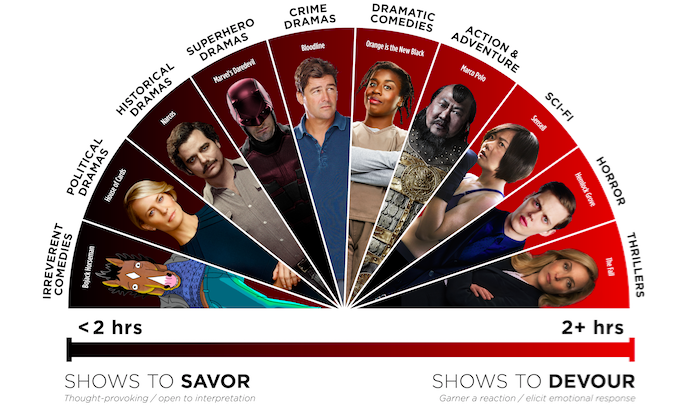
Photo: Binge Scale/Netflix
A ‘bingeable’ show is like a book being ‘unputdownable’ or a ‘page-turner’: it reflects a writer’s ability to create a gripping, immersive world. But Netflix’s own Binge Scale – based on how long its users take to complete a season – reveals that our bingeing habits vary. Sometimes we avidly devour the exhilarating action of adventure, sci-fi, horror and thrillers. But it takes us longer to savour and interpret the details of an irreverent comedy or a complex, provocative political or historical drama.
This sense of deep-diving into a story is only enhanced by the way that most streaming services set up a show as a playlist, automatically beginning the next episode as soon as you’ve finished the previous one. Netflix’s new “skip intro” button even automatically removes the opening credit sequences from the second and subsequent episodes in your viewing session, creating one seamless meta-episode.
What Does The Future Hold?
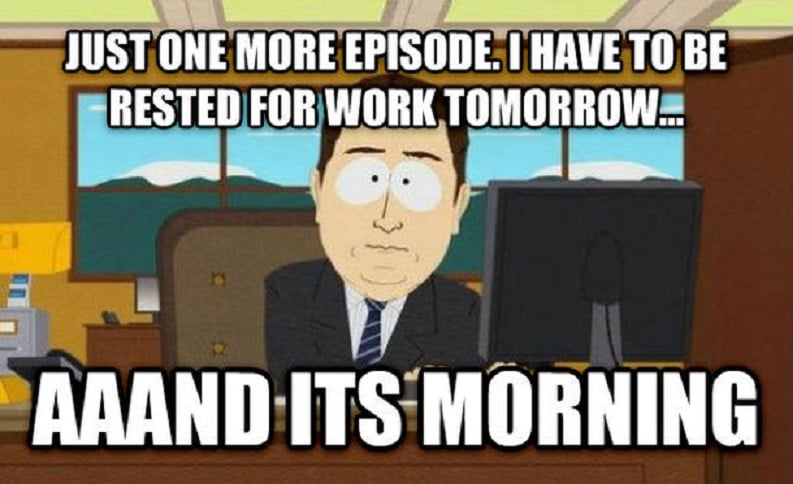
Better storytelling, combined with better access to it, means that binge-watching will become even more widespread in Australia. Recent research from the Ovum OTT Video Forecast suggests that by 2022, seven million Australians will be subscribing to video-on-demand services. That’s a 170 percent increase on the 2.6 million current subscribers.
Looks like binge-watching isn’t going anywhere.
–
Feature image: House of Cards/Netflix
_
To enjoy the best binge-watching experience possible, connect to the NBN network, which is currently rolling out with fast internet speeds across Australia. Find out more here.